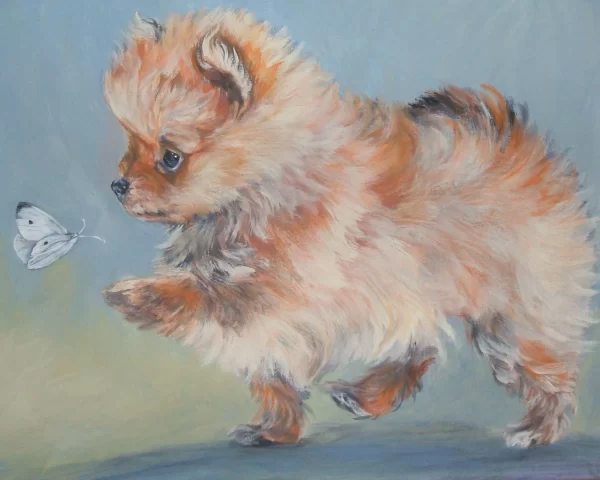
The Pomeranian’s AKC breed standard describes the ideal tail as “heavily plumed, set high and lies flat and straight on the back. Major Fault – Low tail set.”
Check out the photo below. Is this Pom’s tail set too low?
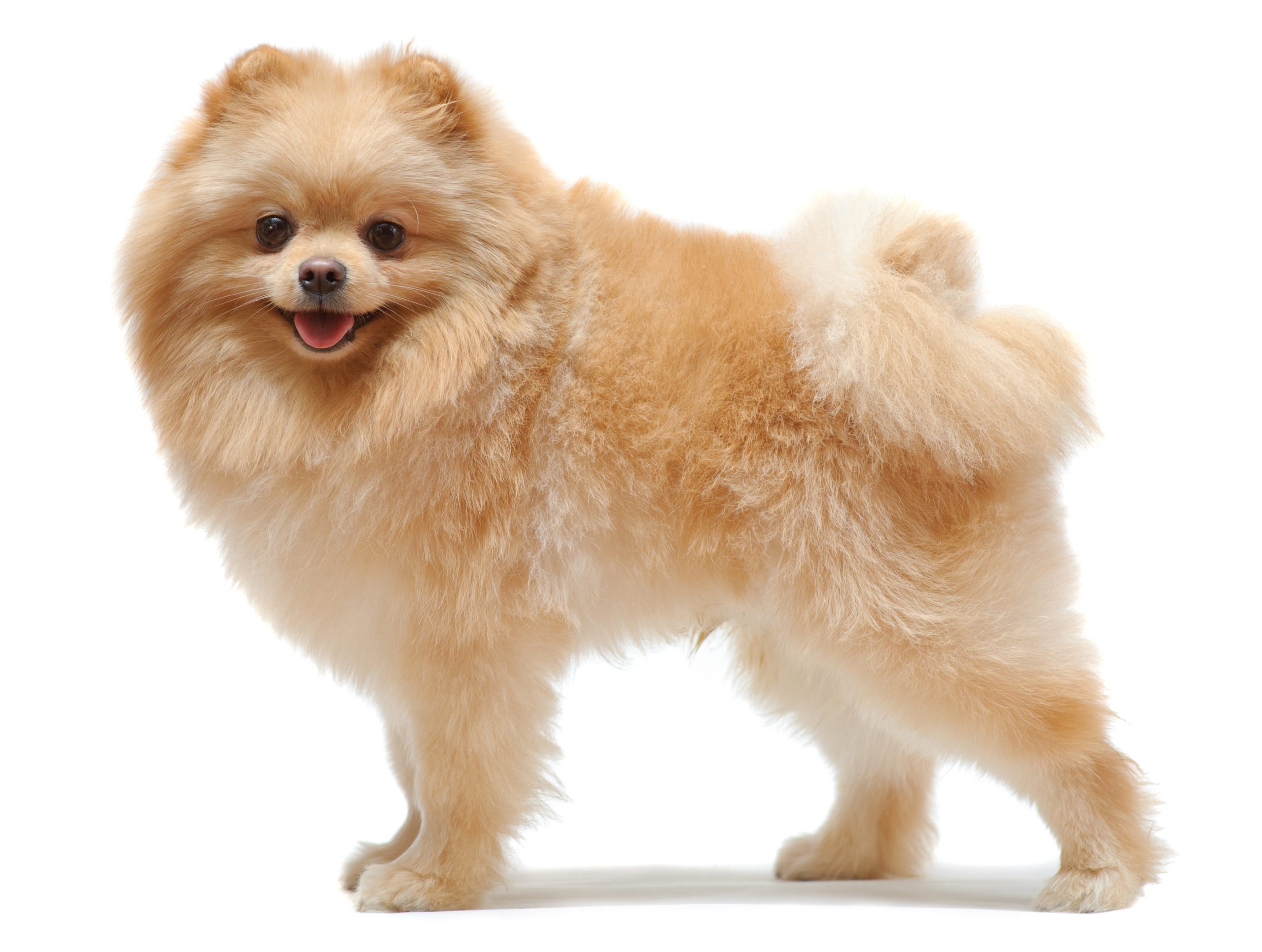
How about this one?
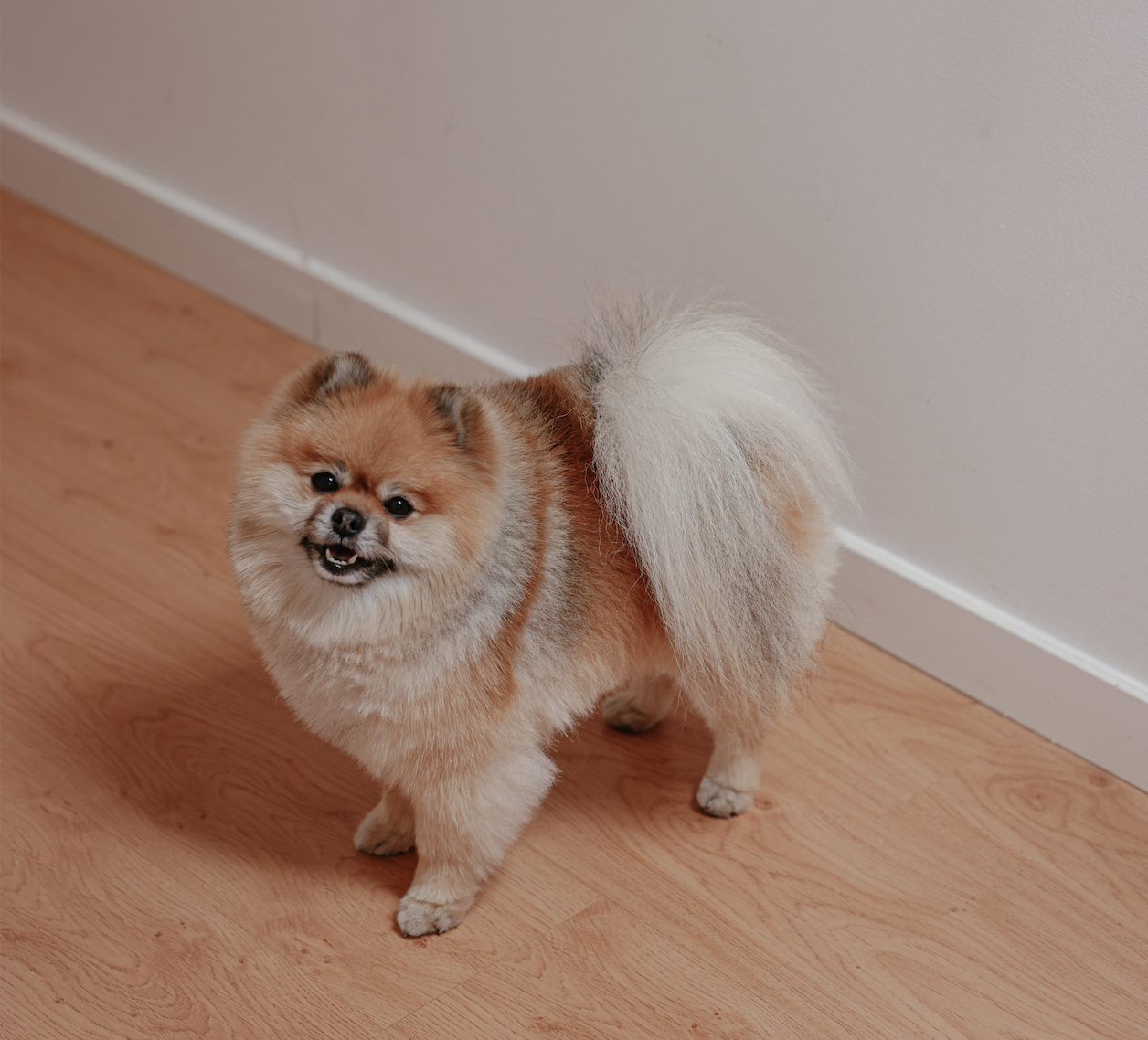
Photo by Cup of Couple from Pexels
And this one?
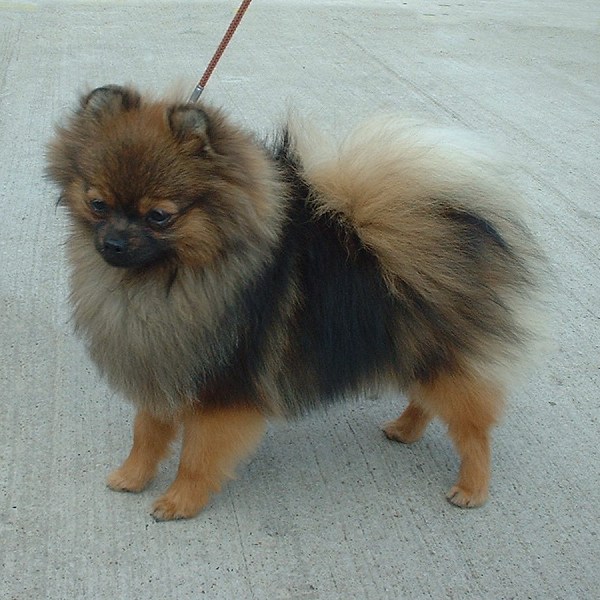
Photo by Sannse at en.Wikipedia
We can’t forget this one….
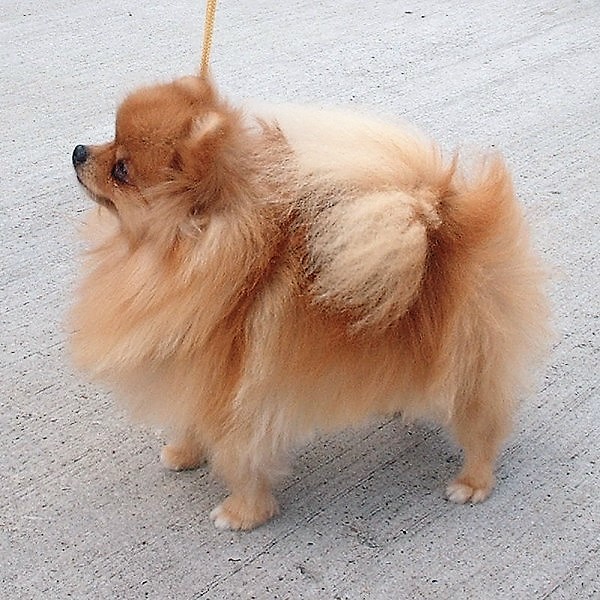
Photo by Sannse at English Wikipedia
And finally, this one?
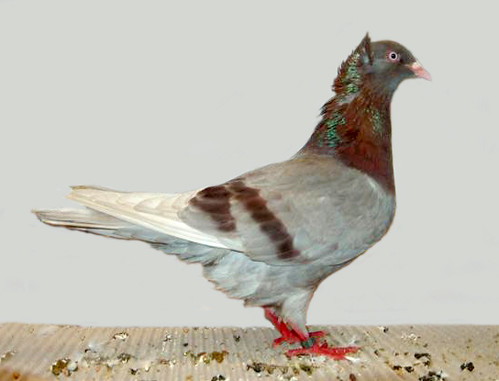
Photo by Jim Gifford/Wikicommons
Just checking to see if you’re still with us! The photo above is actually a Pomeranian Show Crest Highflyer, a breed of fancy pigeon.
The truth is that the breed’s heavily plumed tail, a characteristic of the breed, makes determining tail set hard to tell from the sidelines. A Pom tail is unique to the Pomeranian, and thus, a good tailset is important to breed type. This is short backed breed, and some might say go so far as to describe the Pomeranian as a ball masquerading as a dog; a proper tail set helps create that ball-shape illusion.
The Pom’s tail is also a reflection of its spitz family ancestry in which the majority of breeds (including Poms) have “snap tails” that curl up over their backs. These tails kept their ancestors warm by enabling a dog to wrap their tail over their face when lying down. Inhaled air was warmed by the tail’s dense undercoat and profuse harsh-textured outer coat, and protected tender lungs from frigid, sub-zero air. Tail hair laying out in a fan shape also kept their noses from getting frostbitten. It’s a classic example of form following function. The curl in a Pomeranian’s tail is caused by a formation in his spine known as hemivertebrae, a genetic or congenital condition in which the vertebrae are fused together in a wedge shape or curl. Though a Pomeranian puppy’s tail is straight at birth, that tail starts to curl up three or four weeks later, and at around four to five months, the tail will start to rest on the pup’s back.
How to tell if a Pom’s tail set is correct? For most of us, it’s determined the same way any aspect of a heavily coated breed is determined – with one’s hands!
Some people like to put their hand flat against the furthest point of the dog’s rear end. If the tail is set low, the tail bone will press into the palm of their hand, the tail’s root protruding outward and up instead of disappearing into a flat plume up the back. If the tail is correctly set high, one shouldn’t be able to feel the tailbone against their hand. It there is twist to the tail root’s set, neither will the tail lie flat no matter how high it’s set. It will necessarily fall to one side or the other, and this should concern the person who wants to show their dog since the breed standard calls for the tail to lie flat and straight on the back.
Top image: Pomeranian by LA Shepherd
www.facebook.com/L.A.ShepardArt
http://fineartamerica.com/profiles/lee-ann-shepard.html
www.etsy.com/shop/TheDogLover
